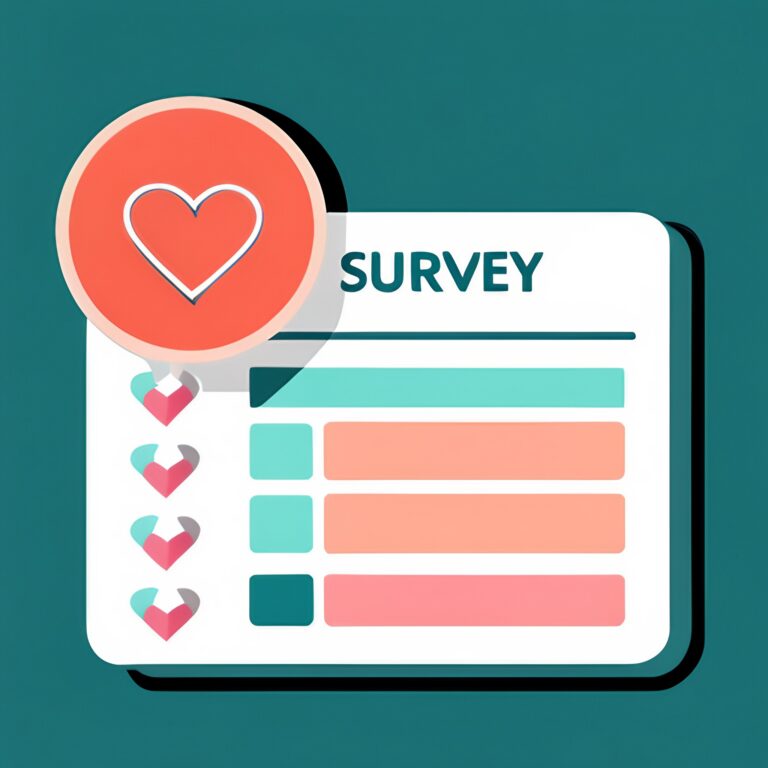Cracking the Code: Multi-Touch Attribution
As you jump into the marketing world, figuring out which avenues will give you the best results can be overwhelming. Multi-touch attribution is a powerful tool in this field. It’s not just about giving credit to the last click before you make a sale. Instead, this tool looks at the entire picture and highlights every point of contact on the customer’s journey. Every step is critical, from the first ad that draws them to the last email they open before buying something. Are you ready to harness the power of this essential tool? Let’s take a look and see what multi-touch attribution is all about.
Related: Measuring Engagement
What Is Multi-Touch Attribution?
Multi-touch attribution is an exact approach that measures the impact of your marketing efforts and how they impact your customer’s decision-making process. Unlike simple single-touch models that only highlight one touchpoint, like the last ad the person clicked on, this one spreads the value across several points. So, it monitors every interaction, from the ad campaign that caught their attention to the final push that encourages them to buy something from you. By mapping this journey, multi-touch attribution gives you a deeper and more thorough understanding of the best tactics and channels. This helps you make strategic and data-informed decisions that can save money.
What Is the Difference between First-Touch and Multi-Touch Attribution?
With first-touch attribution, all of the credit for a sale or conversion goes to the customer’s first interaction with your brand. This could be as simple as clicking on an ad or visiting your website for the first time. It’s a straightforward tool, putting a tremendous amount of emphasis on catching that first point of attention.
On the other hand, multi-touch attribution spreads the credit out among several touchpoints or milestones on the customer’s journey. It runs on the belief that conversions are usually the result of several interactions instead of one. Assigning value across several points gives you a fuller view of your entire marketing landscape and how various efforts help.
Are you trying to use multi-touch attribution to see where you can strengthen your marketing strategies? The Data Love Co. invites you to come on a journey with us to figure out which model will work best to boost your conversions!
What Is the Difference between Last-Touch and Multi-Touch Attribution?
As the name suggests, last-touch attribution gives 100% of the conversion’s credit to the customer’s last interaction before they converted. This could include a final email they read before they bought something or the last ad they clicked. It highlights the importance of that final push that caused the purchase.
As we mentioned, multi-touch attribution divides the conversion’s credit among several points the customer takes along their journey. It appreciates the cumulative effect of several interactions, from the first ad to the final click, and how they influence the customer’s decision. While last-touch focuses solely on the journey’s conclusion, multi-touch offers a holistic view of the entire path.
Related: Customer Data Integration
Multi-Touch Attribution Models: Which Is Right for Your Business?
Trying to find your way through the pile of marketing analytics can be daunting. With dozens of touchpoints influencing your customers, understanding how they got to the point of converting is critical. This is where multi-touch attribution models come into play, as they are specially designed to give credit for the sale to several points.
However, not all multi-touch attribution models are the same, and each one looks at different facets of your customer’s journey and has its specifics. So, which one is best for your business model? Let’s delve into the world of MTA models, uncovering their unique strengths and helping you figure out the perfect fit for your marketing strategy.
1. Time Decay Attribution
This model emphasizes how critical touchpoints are as they get closer to the conversion event. Essentially, the closer your customer’s actions are to buying something, the more credit it gets. Early-stage interactions, like initial ad views, will get less credit, while the interactions closer to the sale, like the final reminder email, get more recognition. This model uses the belief that customers’ actions closer to the purchase have a higher impact on their final decision. This model can be particularly insightful for businesses focusing on short-term campaigns or flash sales, highlighting the effectiveness of last-minute nudges.
2. W-Shaped Attribution
This refined model gives equal credit across three main touchpoints in the customer’s journey. These points are the initial awareness, the consideration point, and the final decision before they buy something. This model showcases the considerable interaction moments your customers have. This model’s name comes from how it gives credit as it creates a “W” pattern. The other points outside of these main three get less attention and recognition. But, by giving equal weight to these three big points, you can gain valuable insights into how well your marketing campaigns capture attention, nurture interest, and cause a purchase. It’s especially valuable for companies aiming to optimize these milestone interactions.
3. Linear Attribution
With this model, each touchpoint gets equal credit and attention when it results in a conversion. Whether this is the first time the customer sees an ad, an engaging social media post, or the final promotional email, each interaction has the same weight. By giving equal credit, this model shows the collective importance of your marketing efforts. It’s very beneficial for businesses that want to keep their engagement consistent across various stages. However, while it gives you a balanced perspective, it doesn’t showcase varied impacts on individual touchpoints. But it’s a great starting point for those new to attribution modeling.
4. U-Shaped Attribution
This model highlights a customer’s first and last interaction with your brand, including the first interaction and conversion point. It typically assigns 40% of the credit to the first interaction, 40% to the last, and 20% to all middle interactions. This model puts a great deal of emphasis on first impressions and drawing customer attention, and it also looks at the importance of final nudges before a conversion. It’s a great model for businesses that want to strengthen their conversion tactics and acquisition strategies, ensuring a powerful start and a compelling finish.
At The Data Love Co., we understand how overwhelming it can be to pick out the best attribution model for your business. Contact us and we can use our skills and services to gather and monitor your data to help you maximize your strategies to draw in more customers.
Collect and Combine Your Data to Create a Better Customer Journey
Customers interact with dozens of platforms today, so collecting data from these points is essential. Gathering and combining this data gives you a clear picture of your customer’s journey. This view lets you fine-tune your marketing strategies, ensuring messages resonate at crucial times. Along with optimizing your marketing campaigns, following your customer journey can help you build stronger relationships. So, look deep into your data, integrate insights, and create a customer journey that meets and exceeds expectations.
Related: Introducing The Data Love Co.







